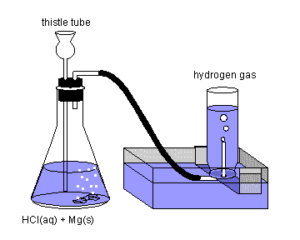Science > Chemistry > Third Row Elements > Ionization Enthalpy of Third Row Elements In this article, we shall study trend in the ionization enthalpy of third-row elements. Ionization Enthalpy: The minimum energy required to remove the most loosely attached electron from the outermost shell of a neutral gaseous, isolated atom of an element in […]
Categories
Ionization Enthalpy of Third Row Elements
- Post author By Hemant More
- Post date June 1, 2020
- No Comments on Ionization Enthalpy of Third Row Elements
- Tags Acidic oxides, Amphoteric oxides, Bad conductors, Basic oxides, Boiling point, Chemistry, Covalent solid, Crystal structure, Ductility, Electrical conductivity, Electronic configuration, Good conductors, Heat conductivity, Hydroxy compounds, Inorganic chemistry, Insulators, Ionization enthalpy, Ionization potential, Malleability, Melting point, Metallic character, Metallic luster, Metallic solids, Molecular solid, Non-metallic character, Oxidants, Oxidation, Oxidizing agents, Oxidizing property, Reducing agents, Reducing property, Reductants, Reduction, Semiconductors, Third-row elements


